Written by: Kaela Malig, GMA News
Ten years after the torrential rains of the tropical storm, memories of the great flood still remain vivid for survivors.
IT FELT LIKE JUST another Saturday morning.
Celina Cayosa was sitting casually in her home when the storm hit. Her neighbor, Israel Reprima, was just watching a basketball when the floods started coming in.
The people of Metro Manila were expecting just another Signal No. 1 storm on September 26, 2009, and Ondoy didn’t sound particularly terrible.
But the rain poured, and poured, and did not stop from pouring. In only a matter of hours of rainfall, 30 cities in 26 provinces all over the country were submerged in flood, according to the situation report of National Disaster Coordinating Council (NDCC), the former name of what is now known as National Disaster Risk Reduction and Management Council (NDRRMC).
In just a few hours, Celina and Israel found themselves panicking as the flood from the streets entered their houses and did not stop from taking everything with it.
At the time, the rains brought by tropical storm Ondoy in Metro Manila was the highest recorded in 42 years, according to the Philippine Atmospheric Geophysical and Astronomical Services Administration (PAGASA).
Ten years have passed since then, but survivors have not forgotten Ondoy — not the image of shivering wet people huddled together on rooftops, not how they broke windows just to escape the flood, not the nights with no food or light, and certainly not the color of the sky.
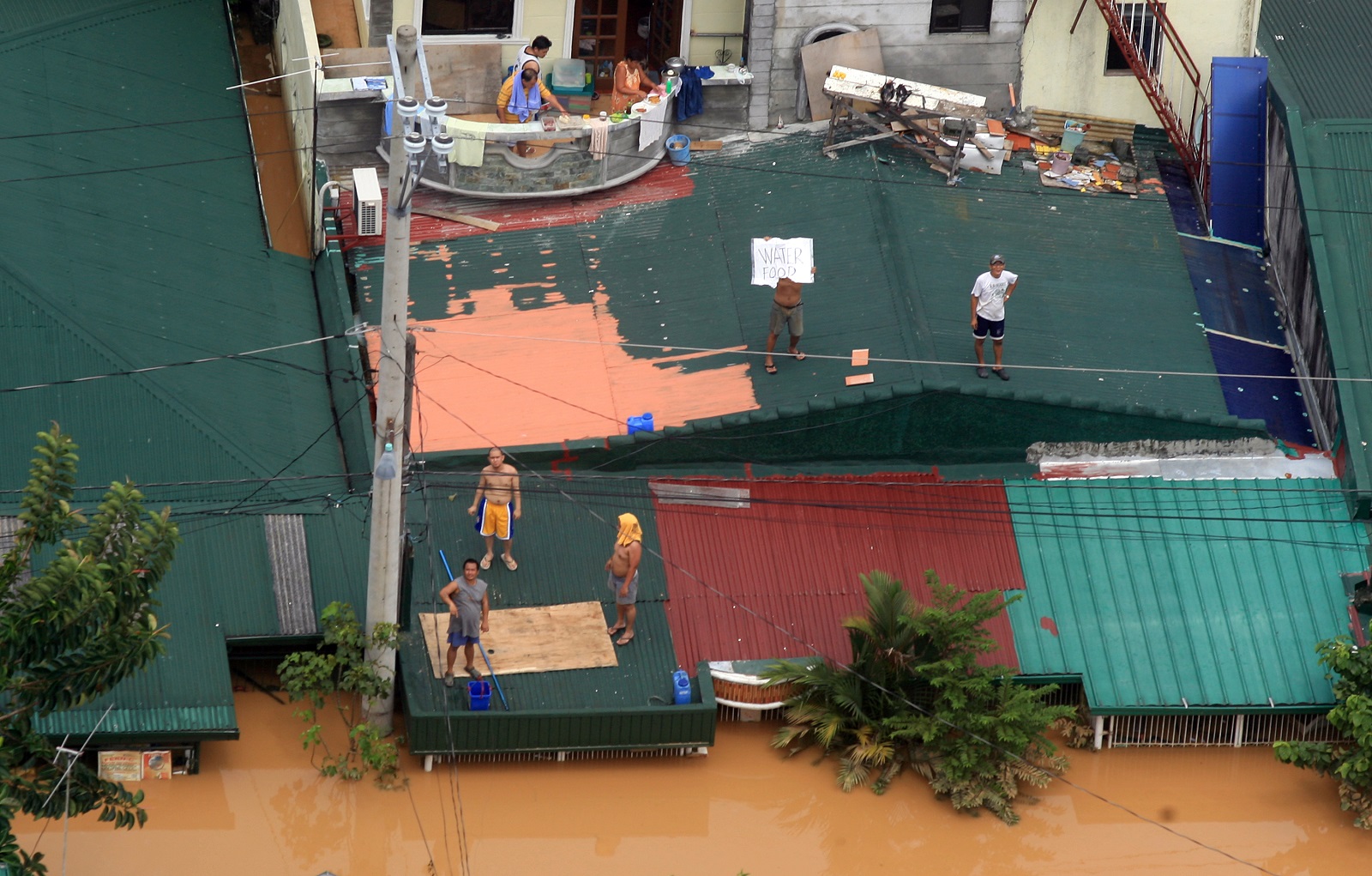
When tropical storm Ondoy, internationally known as Ketsana, hit Metro Manila, it poured more than a month’s worth of average rainfall for the area in just 12 hours, according to National Operational Assessment of Hazards (NOAH).
The National Capital Region was on a standstill as rooftops and streets disappeared from sight and entire houses were submerged in water.
A total of 239 barangays in Metro Manila were flooded, not to mention the 520 barangays flooded in Region III, according to NDCC’s report on Ondoy.
As the storm hit, over 57 road sections were declared impassable by vehicles in Regions II, III, IV, CAR, and NCR.
The concrete floor of the city quickly disappeared from view, and with the never-ending rains, the flood went as high as two-storey buildings in many different areas of Luzon.
Four survivors from Marikina City, one of the cities most devastated by the tropical storm, remember clearly the one thing going through their minds when the flood started pouring in: go up or die.
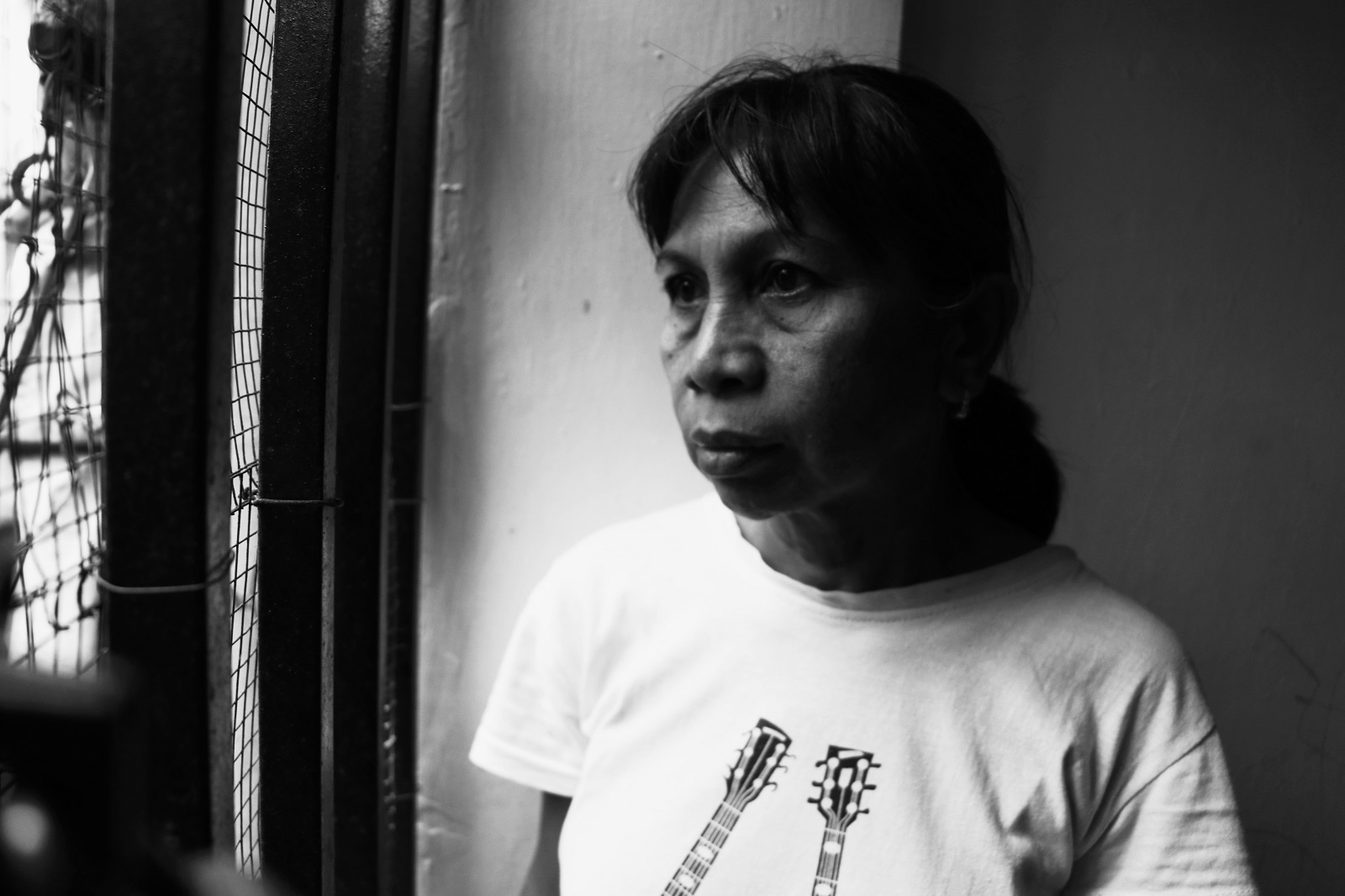
“We had a ladder by the window, we used it to connect to our neighbor’s house just so we could get there,” says Celina, whose family had to saw the metal window grills off just so the window would make it possible for a person to escape.
As she made her way through the makeshift bridge, she was terrified as she saw the current underneath her, ready to take her should the ladder break all of a sudden.
“If we fell, we would die because the current of the flood was really strong,” she says.
“Then when we got to the other house, we had to climb to the ceiling. We crawled until we reached the third floor.”
Worst of all, she was three months pregnant when Ondoy hit. Now 40 years old, she points to a child beside her during the interview who was now almost as tall as her already. “He was only one year and three months old then. My eldest was only two years old.”
Israel, like Celina, did everything to get his children to safety.
When the flood wouldn’t stop rising, he carried his five-year old child away from their home, across the flood to get to higher ground. He had to raise his child above his head while he went underwater, barely seeing anything under the flood, so they could pass through a small opening without his child getting wet.
“I brought him to my neighbor who had a third floor,” Israel says.
When he got back to his house to bring his two-year old child and his two-year old niece to his neighbor’s, the flood was too high already, almost reaching the second floor. They had no choice but to climb to the top of the house, escaping through an opening for their air conditioner.
Leonora Hermosa, now 52, remembers how her husband’s effort to rush back to her and her children. “The water was high already and the current was fast. He just swam at the edges. When he got to our house he had to go through the window at the second floor already. The water was that high,” she says.
Gloria Austria, now 61, desperately asked her niece to call for help from the barangay as they all shivered in the cold, wet and hungry, on top of their roof. But her niece replied, “How will we call? We are all flooded!”
Celina still vividly remembers how neighbors and strangers were huddled together on top of the roofs, shivering against the wind as they starved the entire day and helplessly watched as the flood flushed away the entire city.
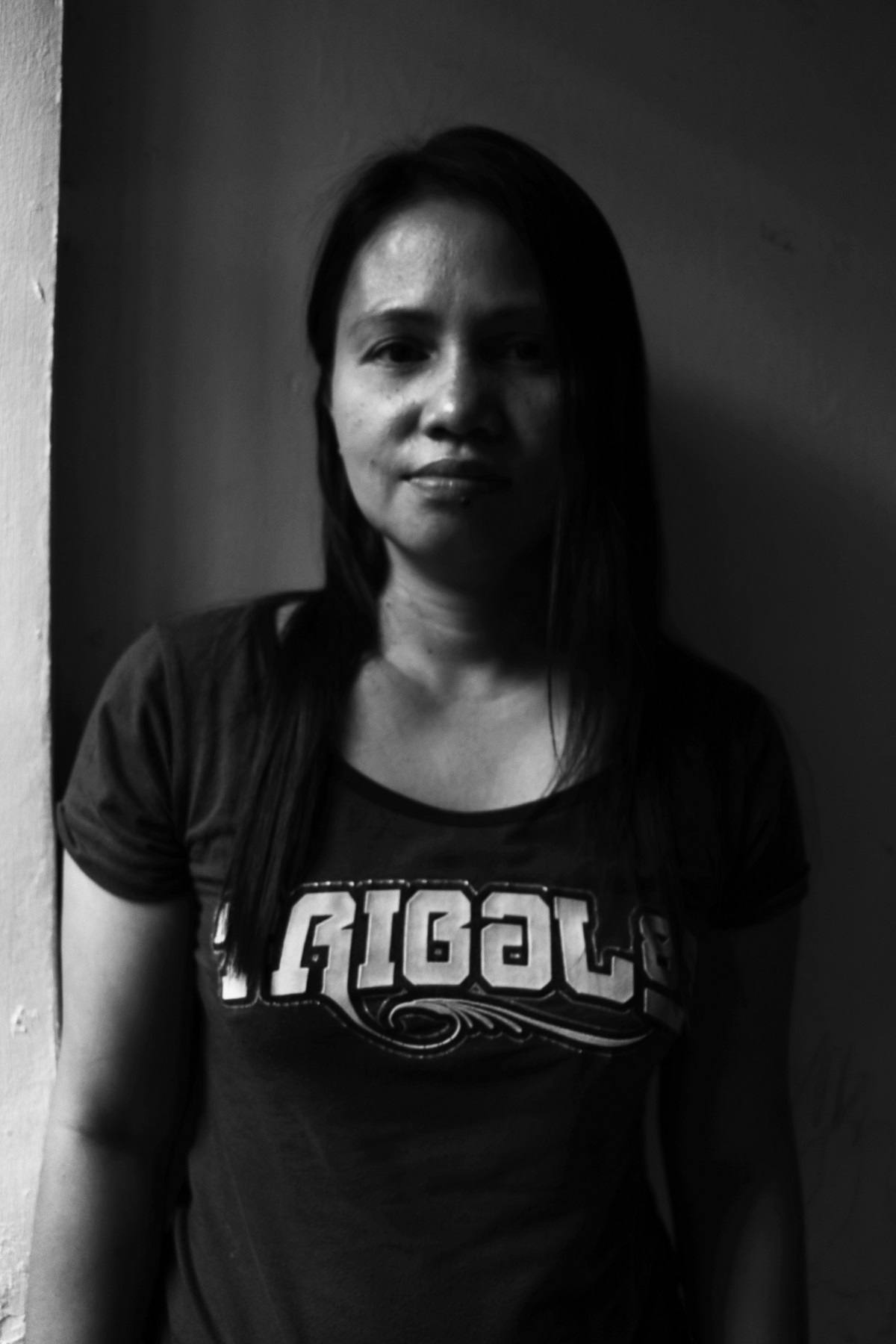
It was around midnight when the flood started to go away.
“How the flood quickly rose, that was how slowly it receded,” Israel says
People had been stranded on top of their roofs since 10 a.m., desperately trying to escape the flood. Most people didn’t have food to eat all day, and the night seemed endless since the dark started setting in since early in the afternoon.
“I will never forget the darkness,” Celina says. “The night was long. It was like the day would not end.”
“When I looked, it really did feel like time was ticking too slow because by afternoon it was extremely dark already, as if it were night. Thunder would keep booming and the rain never stopped,” Israel adds
For Gloria, the evening felt especially tortuous as she worried about her eldest who had gone to school before the floods came.
“I couldn’t sleep all night. I worried that he would try to go home despite the current, the great flood. I was hoping he didn’t go home, that he just stayed in school,” she says.
When the flood finally receded, Gloria couldn’t hide her joy after finding out that her son was in fact alive. He apparently saw a family friend who had a jeepney. He then stayed with the friend in the jeepney parked on top of Marcos Highway as the storm raged on.
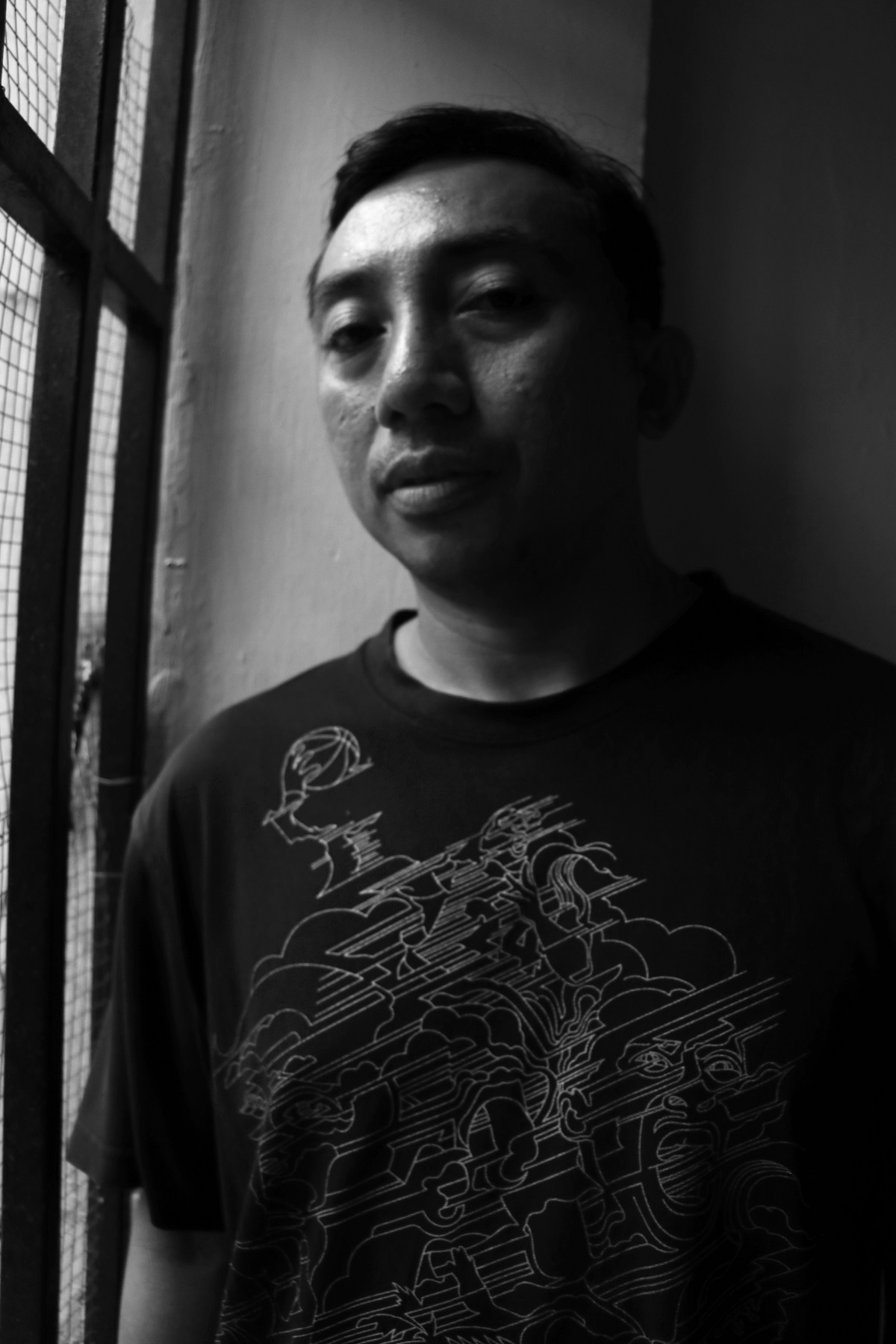
Enduring the longest night of their lives was only the start. When the people finally got back down from their roofs, the darkness just went on as Marikina City did not have electricity for a month with lines being fixed.
The terrors they discovered after they climbed down are still etched in their memory.
Libby Dipon, a teacher from Batibot Learning Center in Marikina City, saw the entire school’s years-worth of materials, equipment, and documents all destroyed by the flood.
“When we opened the school, the mothers and their children also saw their things destroyed. That’s what broke my heart. ‘We don’t have things anymore! We don’t have our toys!’ the children said,” Libby says.
Almost all of the children in Marikina City weren’t able to go to school for an entire month as the schools themselves dealt with the devastation, while others were still being used as evacuation centers.
According to NDCC’s report, a total of 1,382 school buildings were damaged all over the country, including instructional materials and school equipment amounting to over P642 billion.
But of course, the damage did not end there.
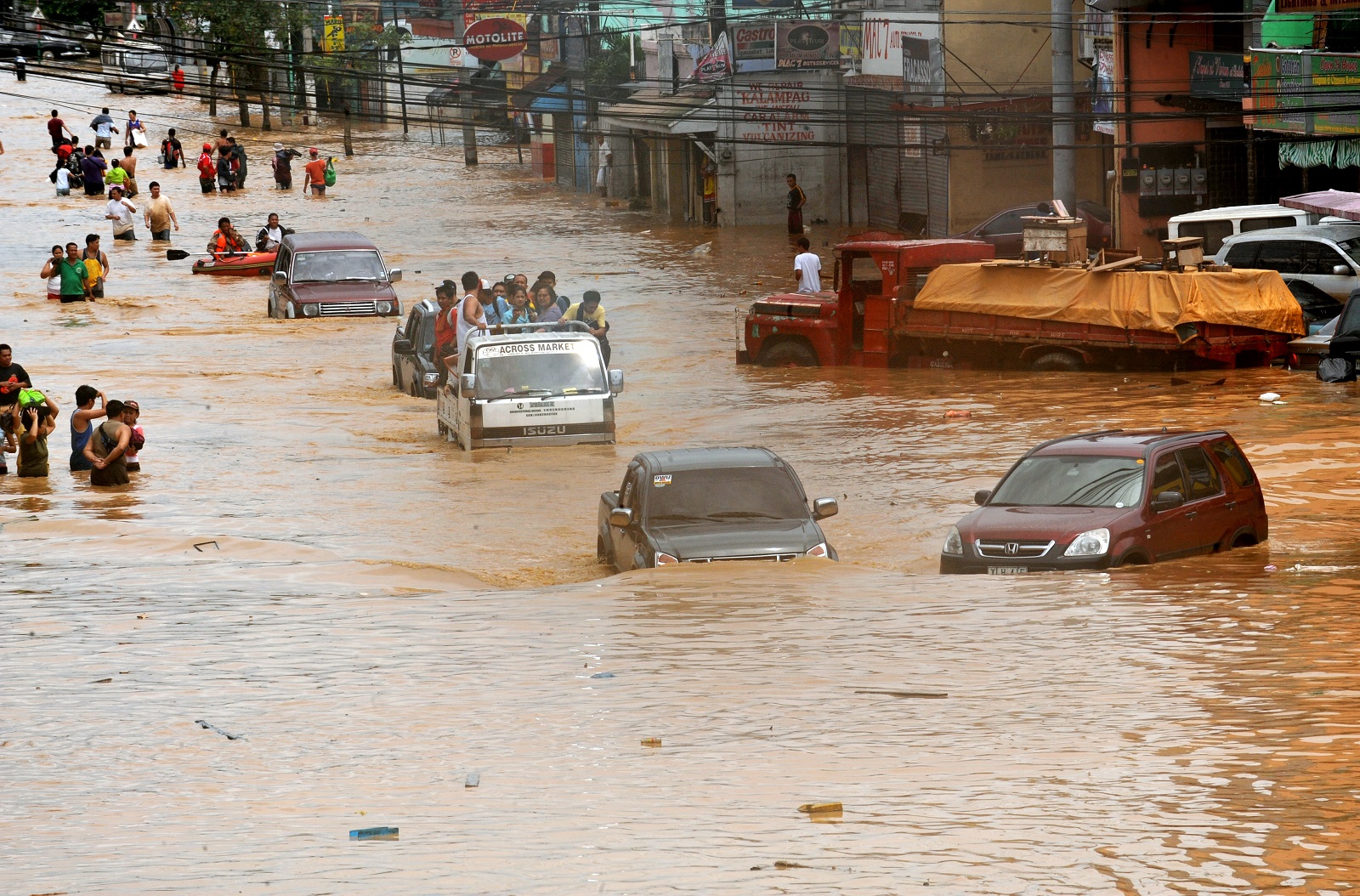
“The problem then was that there was nothing to eat,” Libby says. “It was really heart-breaking to see people running every time relief goods arrived just so they could finally eat.”
“Even if you had money, you had to go far just to buy food,” Gloria adds.
Leonora says it was really the hunger that she could never forget when Ondoy struck.
Still, the locals were grateful for the help that eventually poured in. There was international and local aid, and there were neighbors, too.
“Even rich people with cars, they would drive by and give out goods. There was soap, diapers,” Israel says.
For Leonora, however, it was her source of income that was devastated when the storm hit. As a sari-sari store owner, a lot of her supplies were ruined and damaged by the flood.
“It was so long before I was able to rise up again. What I learned from there was to not stock up too much,” Leonora says. “I had just bought school supplies then… if you have a business and it was washed out, it’s really hard to get back up.”
Even now 10 years later, she says, she still feels the brunt of that loss of capital.
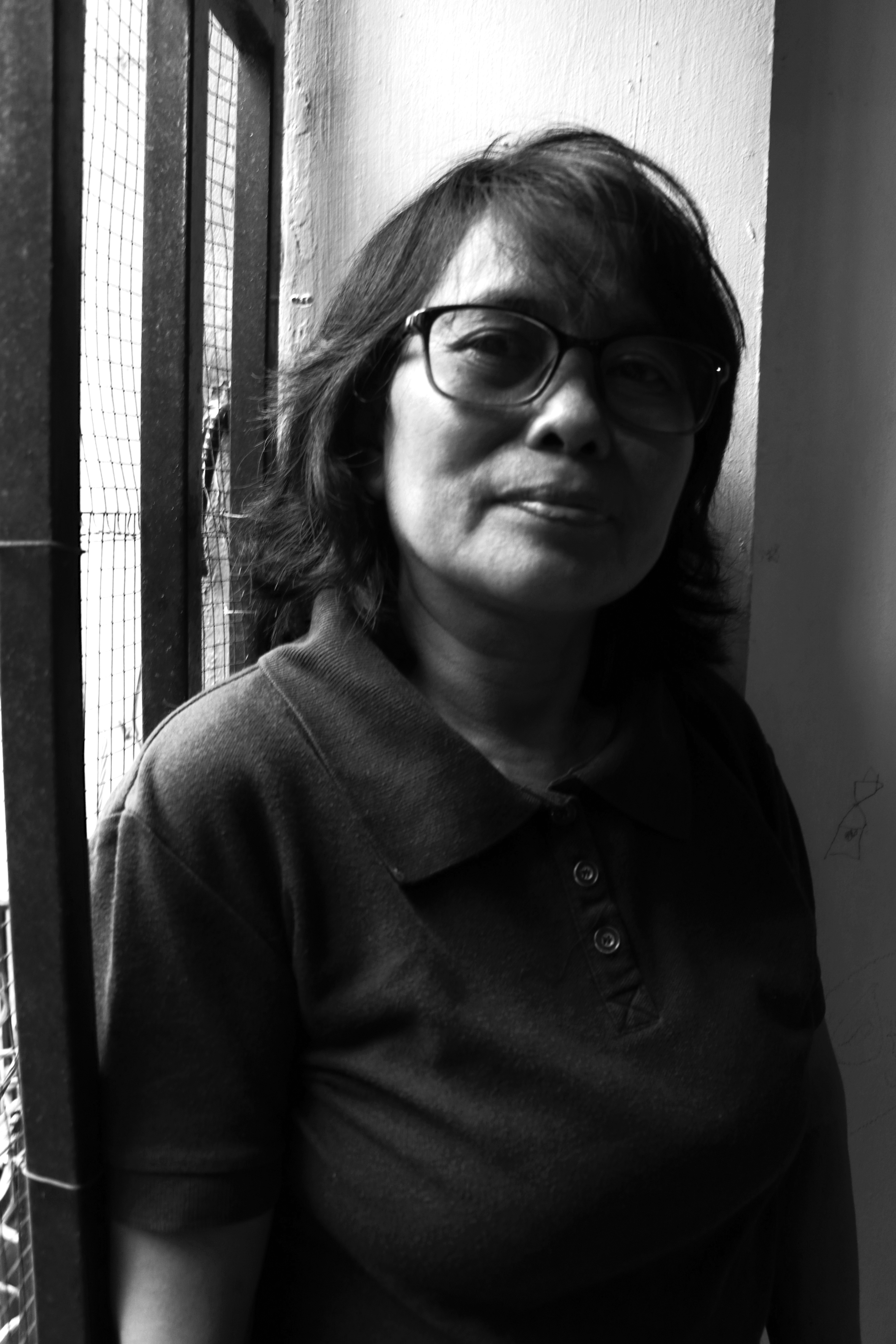
For those who survived, Ondoy remains the worst storm they’ve ever experienced even after a decade later. Nothing else comes close.
“That kind of disaster, you’d never believe you would overcome it,” Leonora says.
After the disaster, Marikina City installed early warning system that releases an alarm at the threat of another flood.
“Now when they say that the water is rising, people would actually go to the river to monitor it. When they see that it’s starting to overflow, they’ll start to pack already,” Israel says.
The Philippine Disaster Risk Reduction and Management Act or RA No. 10121 was signed into law in 2010 after the nation saw the effects of Ondoy and Pepeng.
The law aims to give national government and local government units enhanced disaster preparedness and capabilities by institutionalizing the National Disaster Risk Reduction and Management Plan.
The Marikina residents feel stronger after surviving Ondoy. After all, they say, Ondoy was the worst already. Everything that comes after feels manageable to them.
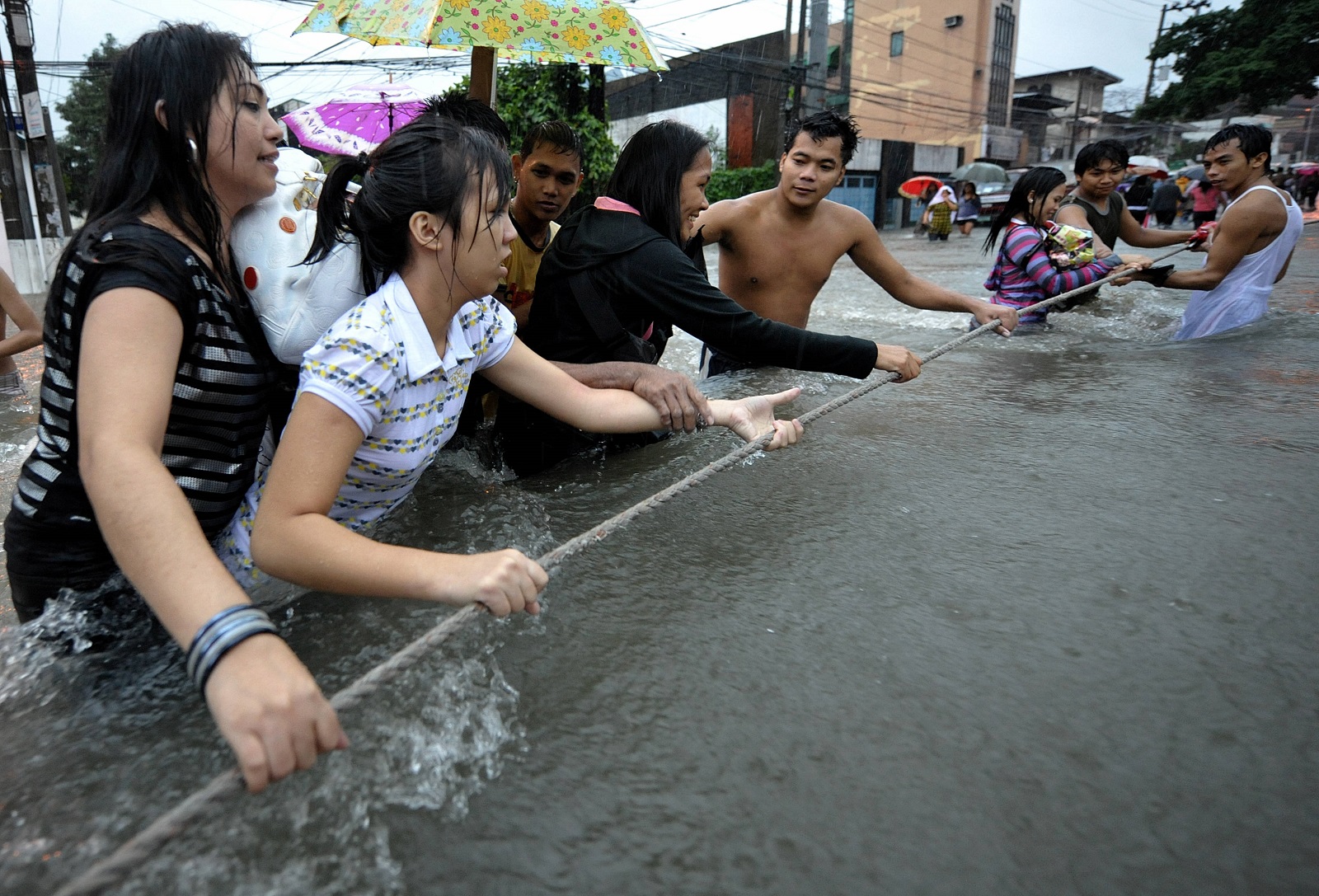
But according to the World Risk Index 2018, the Philippines has the third highest disaster risk. Meanwhile, HSBC Global Research in 2018 said our country is the most sensitive to extreme events such as flood and earthquake.
As the oceans’ temperature continues to increase and the sea level rises on due to climate change, there will be stronger typhoons and more storm surges.
Despite the pressing threat of more and worse disasters to come already, the Metro Manila Development Authority told the Commission on Audit in a report that flooding in NCR took longer to subside in 2018 compared to 2017.
From an average of only 18.5 minutes in 2017, floods subsided only after 30 minutes in Metro Manila, said the report. This was due to the fact that only 41.63 percent of waterways and drainage systems were declogged and desilted.
Worse, at least 117 flood control projects financed with around P878.57 million were not even completed in 2018, CoA revealed.
For the survivors, the memory of Ondoy remains, refusing to disappear ever since that Saturday morning in 2009.
“I will never forget it because the terror is still within me,” Leonora says.
But if not there is not enough change and preparation, there is a chance that those events, once memories, may become tragic reality again.
Produced with help from the Center for Women’s Resources (CWR).



